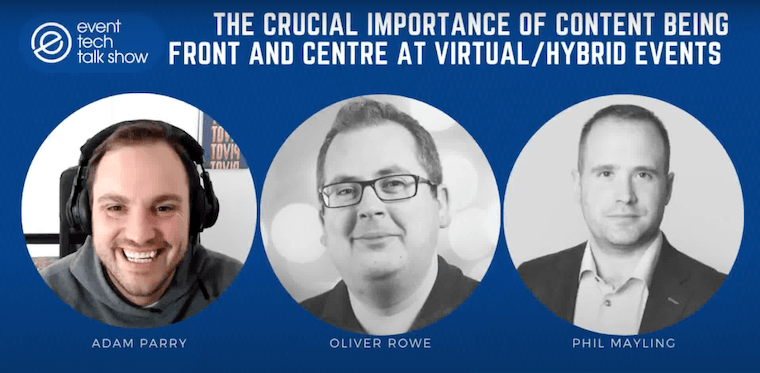The VenuIQ’s founders, Philip Mayling and Oliver Rowe, recently appeared on the Event Tech talk show hosted by Adam Parry of Event Tech Live. The team discussed the importance of getting content right, in terms of subject matter, speakers/panels and engagement.
Winning the room in front of 50 people isn’t enough. Content needs to carry across the dimensions, to where it’s much easier to click off a show in the comfort of your home/your office than it is to physically walk out of session. Then there’s the value of virtual data…
This is a great chat with plenty of insights we’ve discovered during the last year of virtual events. You’ll almost certainly learn something that will help with planning your next event.



You must be logged in to post a comment.